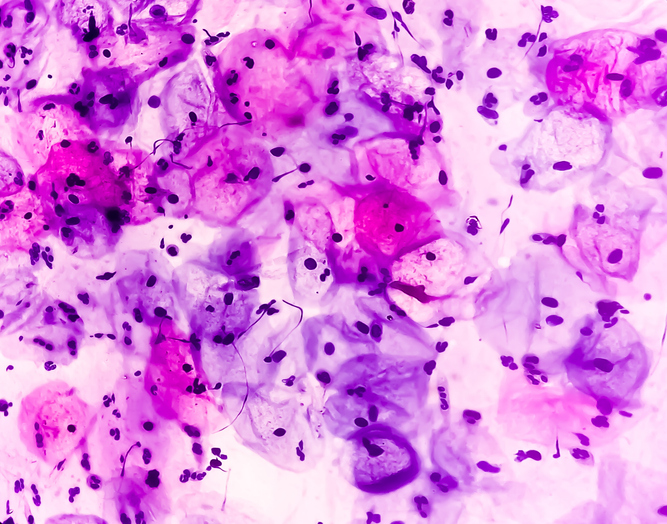
The Society for Endocrinology and the British Thyroid Association released a joint statement urging caution when interpreting the findings of a cancer-related study published in JAMA Internal Medicine earlier this year.
The study, “Association of Radioactive Iodine Treatment With Cancer Mortality in Patients With Hyperthyroidism,” was published on July 1 and suggested that cancer patients treated with radioactive iodine (RAI) may have a higher mortality risk.
The joint statement was published in Clinical Endocrinology and reads:
“We are aware of the substantial interest shown in the recent publication in JAMA internal medicine by Kitahara et al1. This retrospective analysis of data from the large multicentre Cooperative Thyrotoxicosis Therapy Follow‐up study (CTTFUS) suggests a modest increase in potential risk of death from cancer in people who receive radioiodine therapy for hyperthyroidism. These findings have obviously raised considerable concern as radioiodine is one of the key treatment options in hyperthyroidism, particularly in those who relapse or have disease that is difficult to control.”
The organizations further stated in a press release, “Radioiodine is a very effective treatment for hyperthyroidism and has been used successfully for more than 70 years.” They added that the article “has raised concerns” among providers and patients alike and suggested that the study’s findings “need to be interpreted in the right context.”
Study Design and Results
The study was a retrospective analysis of the multicenter Cooperative Thyrotoxicosis Therapy Follow-up Study, which began in 1946. Data were collected from resources including the National Death Index and Social Security Administration. The current analysis included 18,805 patients (mean [SD] entry age, 49 [14] years; 78.0% were female) treated with RAI who did not have cancer at the time of treatment. The researchers calculated excess relative risks (ERRs) per 100-mGy dose to the organ or tissue and converted them to relative risks (RR = 1 + ERR).
Most of the patients included in this analysis (93.7%) had a Graves disease diagnosis. The authors reported positive associations in all solid cancer mortality (n = 1,984; RR at 100-mGy dose to the stomach = 1.06; 95% confidence interval [CI], 1.02-1.10; P = 0.002), including female breast cancer (n = 291; RR at 100-mGy dose to the breast, 1.12; 95% CI, 1.003-1.32; P = 0.04) and all other solid cancers combined (n = 1,693; RR at 100-mGy dose to the stomach, 1.05; 95% CI, 1.01-1.10; P = 0.01). In patients with Graves disease, 100-mGy doses to the stomach and breast corresponded to a mean administered activity of 243 MBq and 266 MBq.
“For every 1000 patients with hyperthyroidism receiving typical doses to the stomach (150 to 250 mGy), an estimated lifetime excess of 19 (95% CI, 3-40) to 32 (95% CI, 5-66) solid cancer deaths could occur,” the authors reported.
They concluded their abstract by stating, “In RAI-treated patients with hyperthyroidism, greater organ-absorbed doses appeared to be modestly positively associated with risk of death from solid cancer, including breast cancer. Additional studies are needed of the risks and advantages of all major treatment options available to patients with hyperthyroidism.”







 © 2025 Mashup Media, LLC, a Formedics Property. All Rights Reserved.
© 2025 Mashup Media, LLC, a Formedics Property. All Rights Reserved.